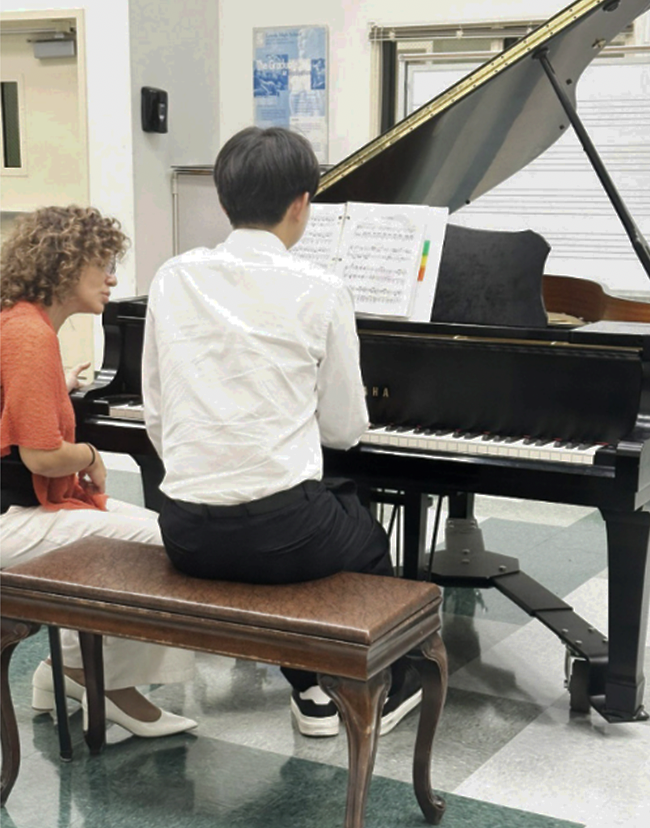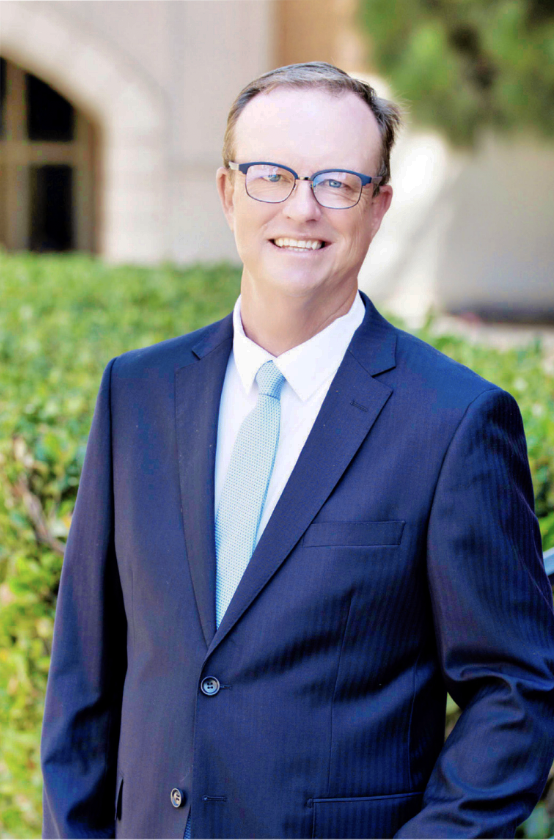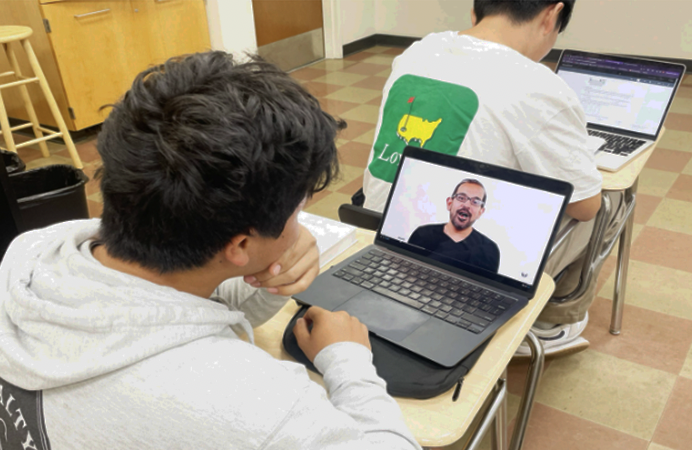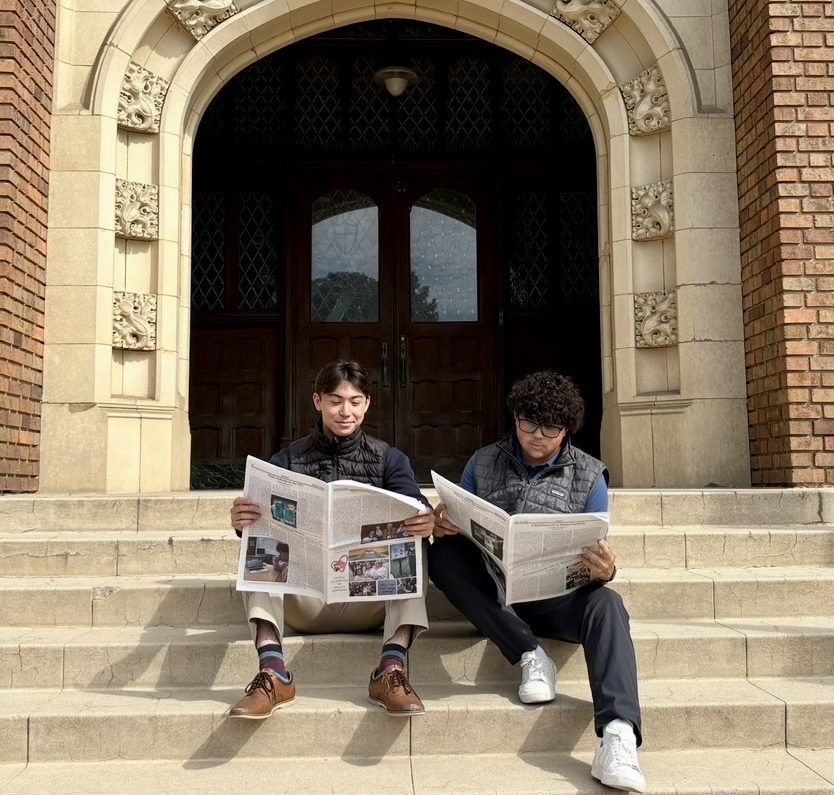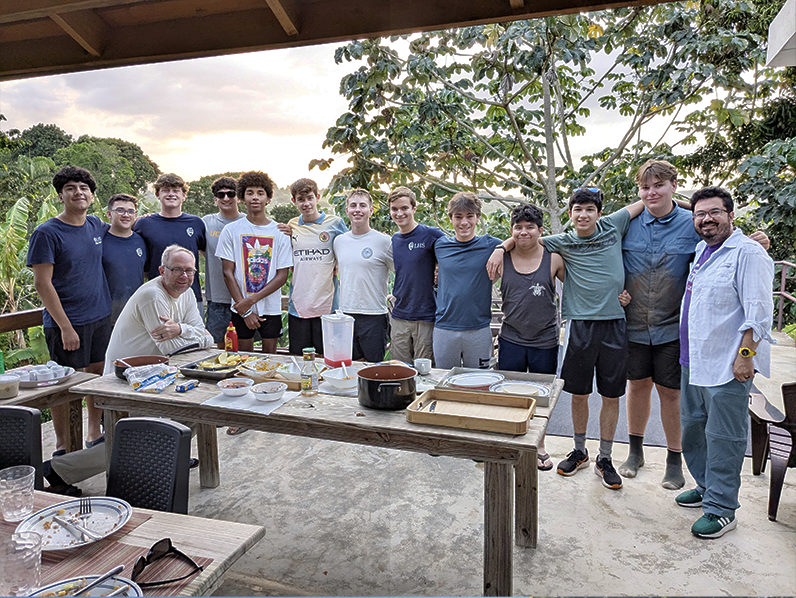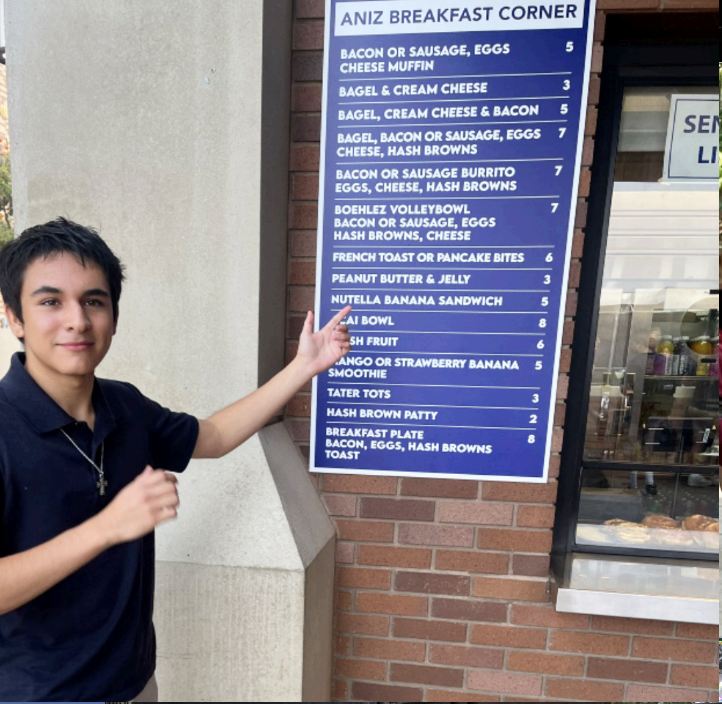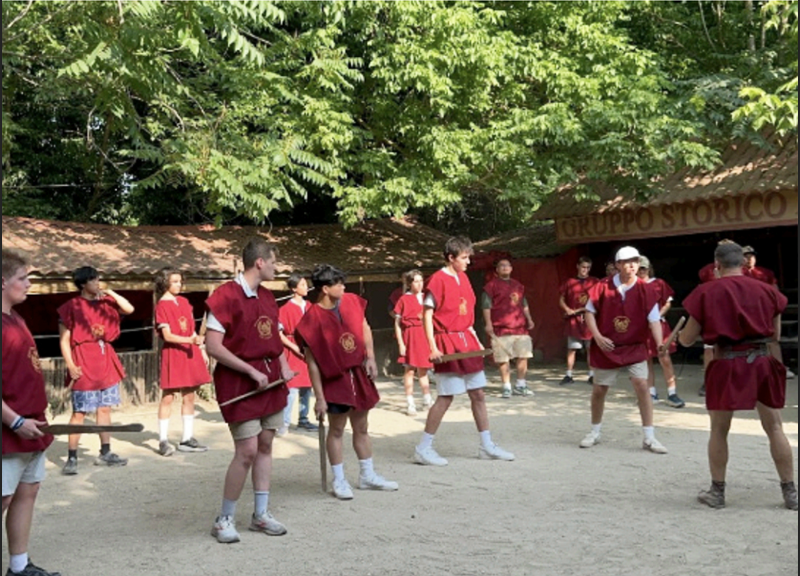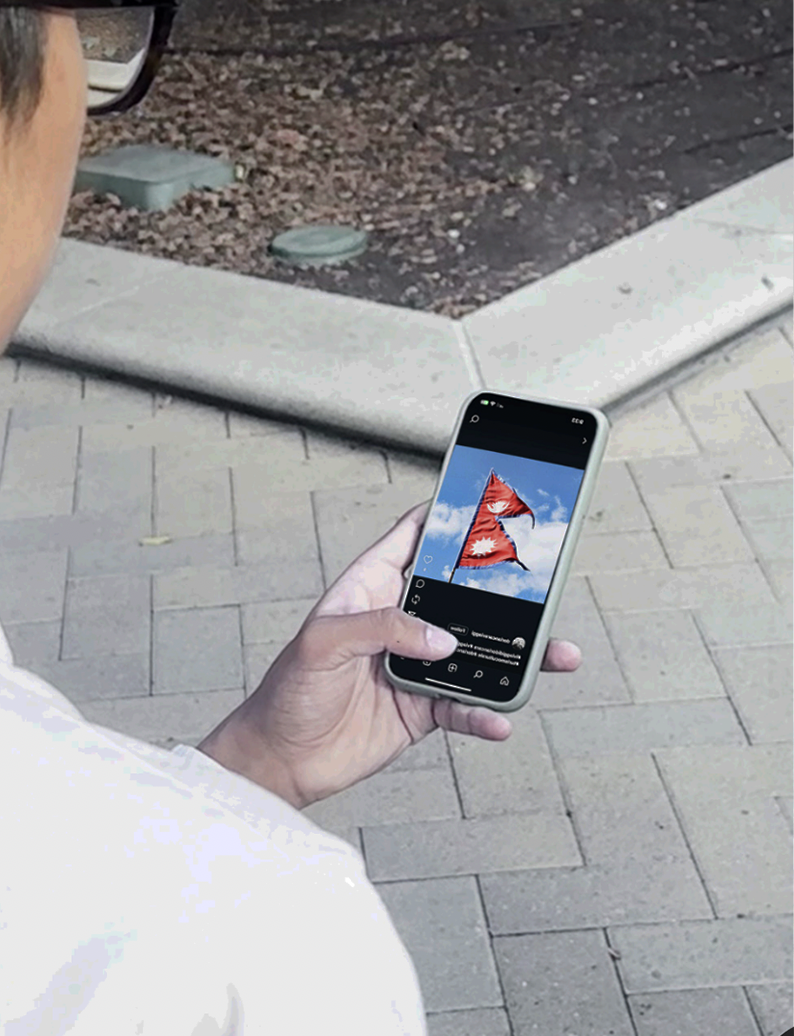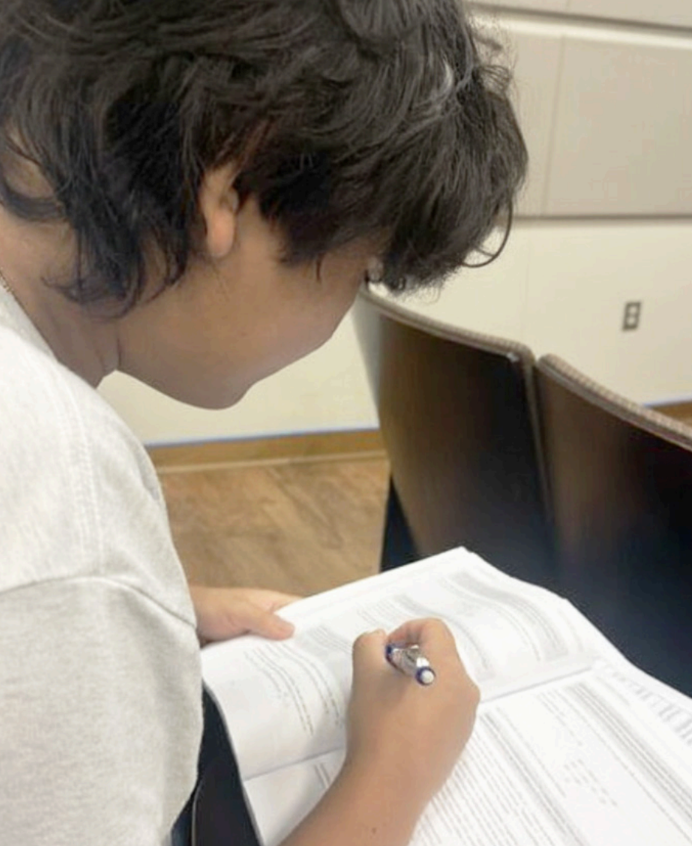On Thursday, Oct. 15, and Friday, Oct. 16, Loyola implemented asynchronous learning days into the school day schedule. In an effort to reduce the exhaustion of both teaching and learning in daily synchronous lessons through Zoom, both students and teachers received a break from the long hours on their screens.
Assistant Principal for Academics Robb Gorr said, “The asynchronous cycle of classes is intended to be a break from screen-time. Surveyed data indicated that students and teachers alike were spending too much time on their screens. We have spent nearly two months in remote learning and the administrative team felt like it was a good time to take a short break from screen-time while enabling teachers an opportunity to differentiate their lesson plans.”
There are many advantages that come from these asynchronous days that benefit faculty and students alike. Students get a chance to reevaluate their coursework to plan ahead, teachers get an opportunity to catch up on grading and both get much needed rest away from the screen and school.
Gorr said, “Our hope is that students use this time for resting their eyes and stimulating their brain and body in other ways. We have suggested various activities and/or short lessons for teachers to implement during these asynchronous days. The deviation from what has become normal will spark creativity in our faculty, as well as in our student body. We want faculty and students to use this time to reflect, to be creative and to re-energize.”
These remote learning days also encouraged teachers to assign tasks to the students that are not necessarily related to the course content.
Dean of Men Heath Utley added, “The goal is to reduce screen time, promote course content that can take students outside or away from their desks and allow them to produce work that is not reliant on a screen. However, teachers might also promote personal reflection for overall wellness that may not rely heavily on course content.”
The intended purpose for these days was to reduce the stress and fatigue students felt after being on Zoom for four hours every single day. Students gained some flexibility in their schedules.
Sophomore Aaron Ambrose said, “To me, these days were very beneficial because I had more freedom and time in my schedule. In normal school I don’t have enough time to get food in between classes or anything else, but with these asynchronous days, I can not only make my own schedule, but also get more work done like doing five or six classes worth of work instead of only four.”
However, with a goal to limit screen time on Zoom come potential issues about student accountability.
Utley said, “I do understand the limitations of turning in that work without technology, however. So a student very well may have to take a picture and upload it to turn in an assignment. But they realistically could have multiple days to do so and the work itself will not require a screen or a Zoom meeting. And as stated before, minimal screen time may be needed to record or provide evidence of work completed.”
With many school districts pushing for half asynchronous and half synchronous learning, Loyola has created its own system to implement this new way of approaching school.
Gorr said, “Loyola’s asynchronous cycle of classes is unique. We are not aware of other asynchronous models being utilized, but our model requires teachers to give short non-traditional lessons and/or activities on these asynchronous days. We feel it is important to separate our students and faculty from their screens for the next few days because the detachment from screens will promote health and well-being, and hopefully provide a creative solution to what we have seen in the surveyed data.”
If positive feedback is received by the administration at Loyola from the parents, staff, and students about these asynchronous learning days, they could be potentially incorporated into the school schedule. While Loyola may stress excellence in academics and extracurriculars, student health is a priority, and these days are a response to concerns of parents, teachers, and students.
Gorr said, “Although a single cycle of asynchronous classes is not a long-term fix to a high amount of screen time it could absolutely become more regular if it is well-received and provides the intended benefits for our faculty and students. As a college preparatory institution we must continue to strive for academic excellence, however, the health and well-being of our community is the most important thing and if periodic asynchronous days contribute to an overall better experience, we will schedule more in the future.”
Students have expressed satisfaction and approval of the days. Many have said that it is beneficial to them, and they hope to have more asynchronous learning days in the future.
Sophomore Rahmi Kharim stated, “Overall, I think that l I have been pretty stressed due to having to start my sophomore year in my room and on my computer without physical access to teachers or student help. But this two-day asynchronous break really helped me to get rid of some of the stress and made me feel more at ease with what I am doing. I think an asynchronous day once a week would help a lot more students relax.”
Ambrose added, “For me personally, I would love to have asynchronous days implemented as often as possible so around once a week because it takes so much stress off from the normal day-to-day grind of the school year. I can also sleep in which is really helpful for pretty much every aspect of my day.”
Overall, asynchronous learning days have been a success among the students, and it is up to the administration to decide how to move forward and if they will implement them into the schedule or not.
Utley said, “We will gather feedback from students, parents and teachers to assess and weigh the benefits. That data will determine if and when something like this may be repeated.”




